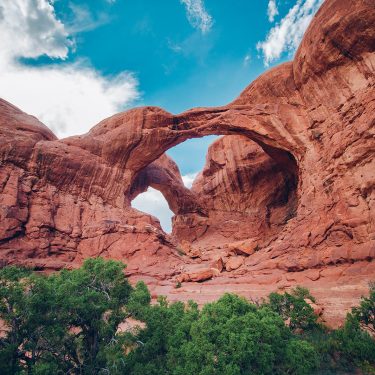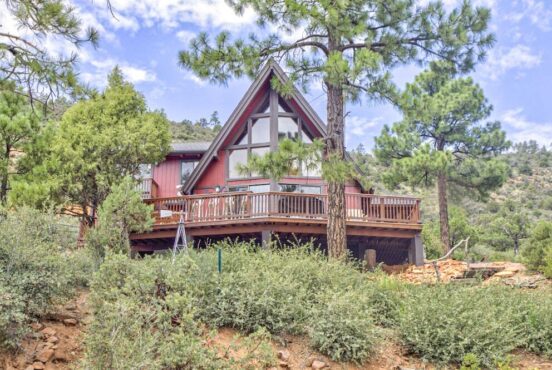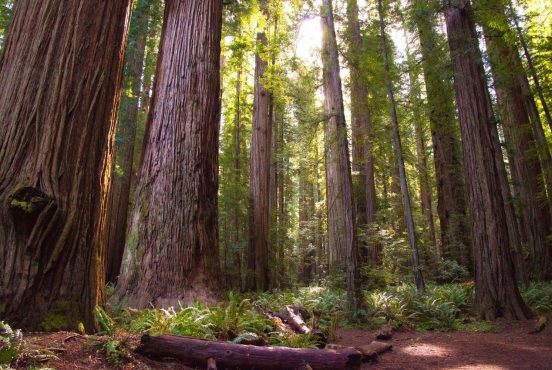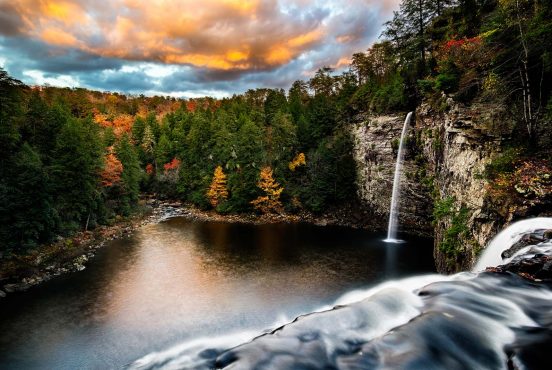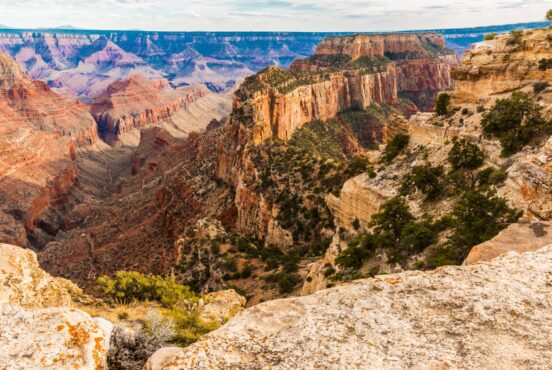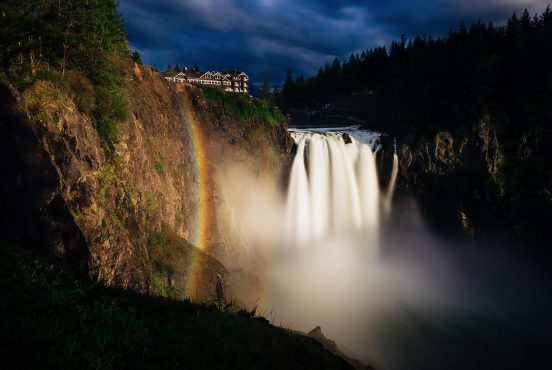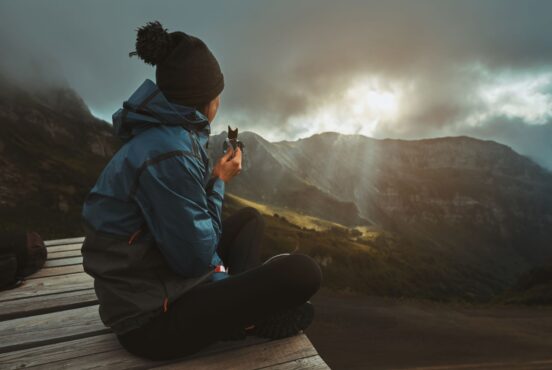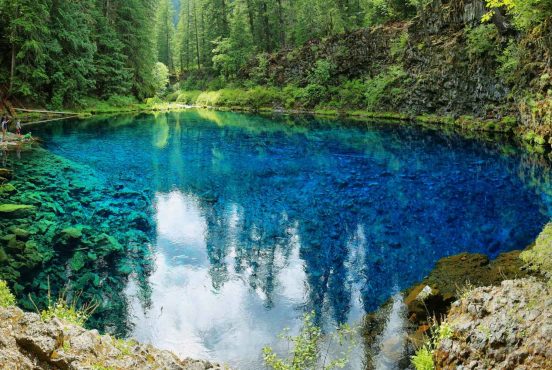On the surface, the desert southwest looks resilient. Thousands of life forms grow in a very hot place. The terrain is rocky and unforgiving. And it’s not long before the heat kicks us out.
However, below its tough exterior, there is vulnerability. Along the surface of the desert soil — that of which hasn’t been carved into by a hiking trail — is a layer of fragile biocrust.
This crust is life support for the organisms that live within the soil, as well as for the plants and wildflowers growing upon it. And every time we walk off the trail, we are putting biocrust, and all the life it supports, in danger.
“The more traffic and repeated disruption there is, the crust is not going to grow back,” Dan Gruber says, desert crust researcher at the Parson’s Field Institute. “A single step won’t be fatal, but after 12 people charging through…why would the soil bother?”
Gruber is also a steward for the McDowell Sonoran Conservancy, a non-profit tasked with preserving Arizona’s heavily used McDowell Sonoran Preserve. Gruber has been studying desert crust since 2015.
What is Desert Crust?
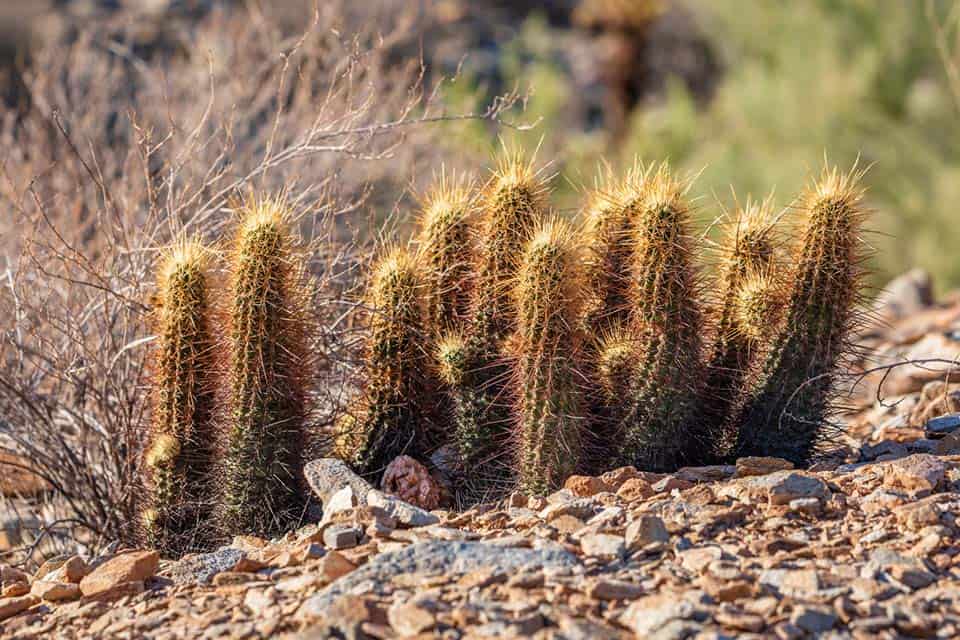
The desert crust is a community of organisms working together, Gruber says.
It all starts with Cyanobacteria, which create a web-like binding material (filaments) for organisms like algae, fungus and lichen, to live in. It also performs photosynthesis, in turn providing food for the whole lot.
Over time, the crust will stabilize. This nourished and stabilized environment invites other life, like wildflowers and cacti, to join the party.
In addition to being a form of life support, the stabilizing property of desert crust helps minimize the destruction of soil due to haboobs, pollution and runoff, Gruber says.
Gruber and the research team started looking at desert crust more closely when they conducted studies on the impacts of trail use. They found that vegetation like plants and wildflowers did not have much of an impact, but the desert crust did, especially around the edges of the trail.
What’s the Risk?
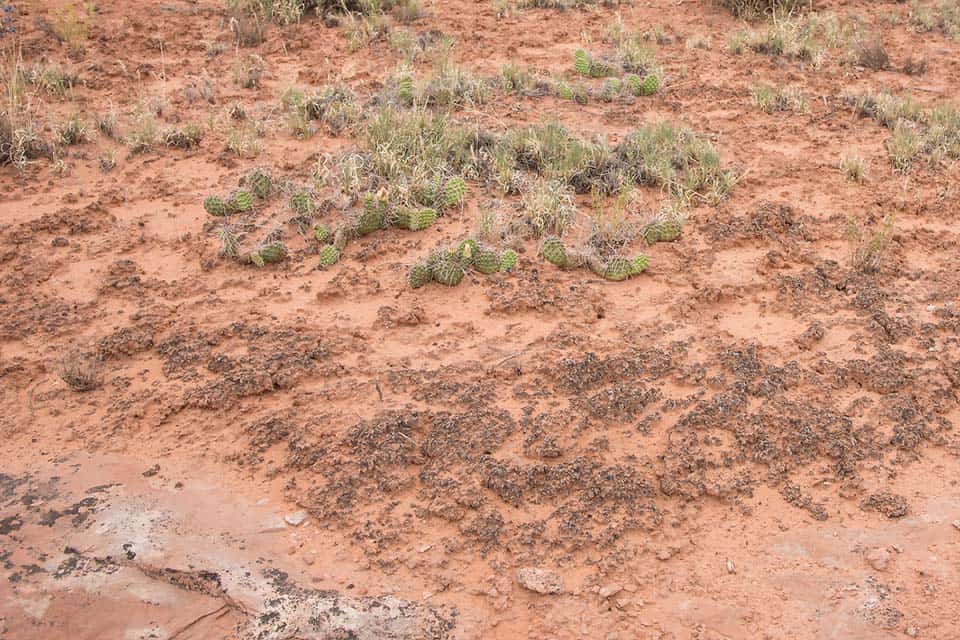
Biocrust’s binding material is delicate. Photosynthesis needs sunlight to occur. So whenever a desert visitor steps on the crust, it weakens the web and buries the crust, hindering its access to sunlight.
Once that binding material breaks or the organisms begin to starve, the desert crust will wither away, leaving the surrounding area vulnerable to other natural elements like strong winds and heavy rain, Gruber says.
But There’s Hope…
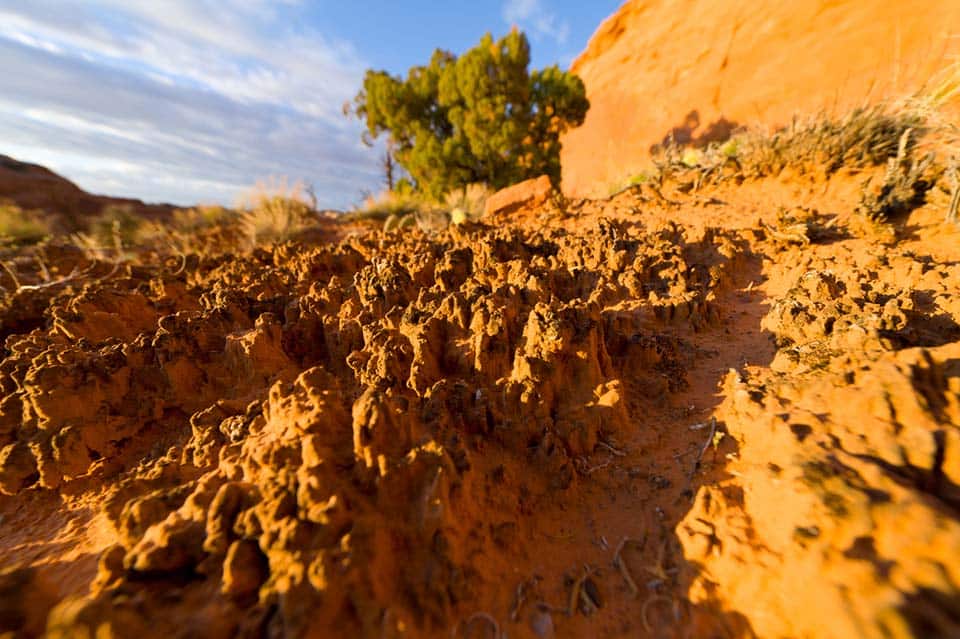
The McDowell Sonoran Conservancy recently partnered with Anita Antoninka, an assistant research professor at Northern Arizona University School of Forestry, and Ferran Garcia-Pichel, professor at Arizona State University School of Life Sciences.
Antoninka and Garcia-Pichel are studying harvested crust from the preserve to see what it needs to expand and grow, Gruber says. The idea is to replace the preserve’s damaged crust with the new crust.
If this is successful, the hope is to grow crust in quantities to recover areas in the conservancy and areas across the world that have been damaged by fire, flooding, and abandoned agriculture and construction sites.
So, What Else Can We Do?
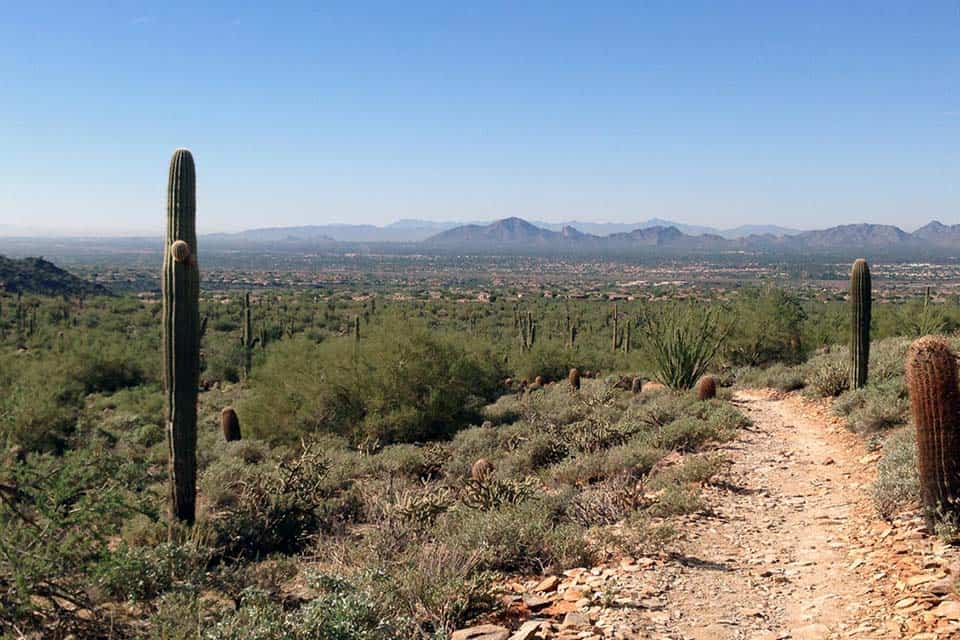
Stay on the trail — it’s simple, but not exactly easy. People walk off-trail for various reasons. Sometimes it’s to shortcut the trail. Sometimes it’s to get a better view. Regardless, it doesn’t take long for people walking off-trail in the same location to create a new trail, potentially resulting in the destruction of biocrust.
In addition to keeping the desert crust alive, we are honoring a lot of hard work and following “leave no trace” ethics by staying on the trail. Professional trail designers factor in views, sustainability, and ease when giving us access to natural spaces.
The next time you step off trail — think about it. Is it worth it?
Also, take a moment to acknowledge that the biocrust is one of the oldest living entities on earth, Gruber says. If we look back two billion years ago, before trees, flowers, insects and animals inhabited the land, the biocrust was there. It’s like looking back in time.

